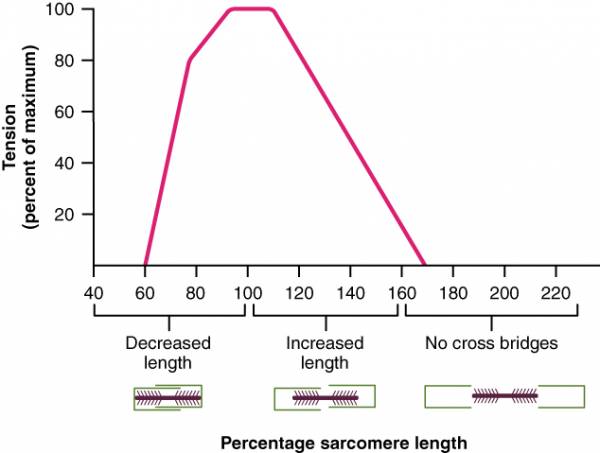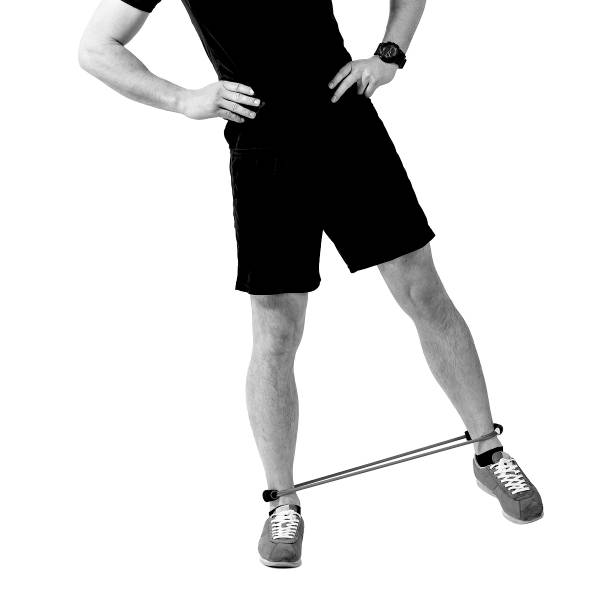We need stability in much the same way that we need air. We need to supply oxygen in the right amounts, at the right times, and according to the demand. It’s a simple supply-demand relationship and the same goes for stability. For years, the core muscles (read: abs) have been the focus of stability training and with good reason. The muscles traditionally referred to as “the core” provide a working surface for our extremities to push off of, which is crucial for any kind of movement, from throwing the game-winning touchdown pass to signing an autograph after the victory. You’d be hard pressed to find someone with a good argument for not training core stability.
But there’s more to the story. The core is where we generate, absorb, and transfer forces to and from our extremities, which means we need to focus on stabilizing the connection between extremity and core. Enter the hip.
In this article, I shared knowledge that came from years of seminars, textbooks, mentorships, and trouble-shooting all kinds of injuries. I revealed that hip instability is the common thread of so many problems – from back pain to shin splints – and sub-par hip performance is far more common than you might think. But unless you’re in a serious state of denial, admitting that your hip isn’t working so well is not the hard part – fixing it is. So, let’s make this simple. I’m going to break fixing your hips down into five steps:
Step #1: Deep Tissue Mobility
I know, you expected strength and stability drills, but before you ask your muscles to work, you should probably make sure they are able to work. Foam rolling and lacrosse ball mobility drills have become all the rage, but while “everyone’s doing it” is a good enough reason to get most people on the bandwagon, understanding the purpose and value of these drills will help prioritize when and where you should spend time suffering through deep tissue mobility work.
When a muscle is tight, range of motion can be compromised. Lack of range of motion causes changes in movement patterns that limit quality of performance and ultimately create injury risk. A tight muscle is a weak muscle. An overstretched or long muscle is also a weak muscle. This conundrum is known as the length-tension relationship. In short, this rule says that a muscle must be at mid-length (or on a slight stretch, to be exact) to generate optimal force. If a muscle contracts by shortening, how can the muscle generate force if it is already shortened? This concept applies not only to overall length of muscles, but to isolated units within a muscle.

We know that several muscles play an intricate role in supporting the hip joint, but I’m going to play favorites and pick on the gluteus medius. Not just because it is notoriously tight, but because this is the most common source of breakdown I come across in the clinic. And the glut med is no job for a foam roller – too close for missiles, Mav, better switch to guns. Due to its smaller surface area, the lacrosse ball is the perfect tool to dig into the lateral hip and provide enough pressure to release the fibers. Spend a few minutes on each side, and consider your glutes ready for action.
Step #2: Isolated Strengthening
Turns out, there is a purpose for those wimpy isolation exercises that have been shunned by the fitness world in lieu of functional training. (Don’t worry – we’ll get to that, too.) After step one, you’ve smashed, mashed, and rolled your hip fibers into prime shape for work, and while they can now create a stronger contraction, they are clearly still weak. This second step is not a quick fix and requires some good old-fashioned hard work. Cue: targeted, remedial strengthening.
Before I step into the lion’s den by singling out some exercises, let’s get a few things straight. First, I have read many studies examining the best way to elicit hip muscle activity and there are a lot of conflicting results. Regardless of the exercise, a major factor in the effectiveness of targeting a specific muscle is cuing and awareness. In other words, if a person tries to squeeze their glutes during an activity, then the glutes are more active. Second, if a person has weak glutes, then pretty much any method of targeting glute strength will do, as anything is better than nothing. Lastly, anything is better than nothing also applies to compliance. If an athlete isn’t going to do the exercise then it’s not very effective, is it? So let’s keep it simple and easy to perform.
While this overview of hip strengthening methods is far from comprehensive, no list of lateral hip exercises would be complete without side-lying abduction. After all, this is the primary “action” of the glute med when the muscle fibers concentrically contract. Additionally, side planking is an excellent way to isometrically fire the glute med as the lateral hip muscles keep you off of the ground. Want to get fancy? Hold a side plank and perform abduction with the non-weight bearing leg.
Step #3: Functional Strengthening
Moving right along! Your glute med is now willing and able to work, so the important focus now becomes retraining this muscle to work functionally. In weight bearing, the glute med must fire to stabilize the pelvis, mainly in unilateral stance. Therefore, I recommend targeting the glute med in weight bearing with focus on double- and single-limb stance.

A simple way to ensure the glute med is firing as you weight bear is to use a resistance band around the ankles or knees while walking. Forward, backwards, laterally – whatever method suits your mood. Lateral step-ups and single-leg Romanian deadlifts also work well to functionally train the glute med.
Step #4: Dynamic Stabilizing
Continuing along this progression, it is now time to make sure we can supply hip stability in the right amount, at the right times (just like oxygen). Plyometric work such as speed skaters and single leg work in the form of broad jumps or box jumps require the glute med to stabilize the pelvis during more dynamic activity. This is challenging, but struggling with this stage is necessary in order to carry over good movement patterns established in simple, controlled activities to more unpredictable situations.
Step #5: Skill
Here’s the fun part. How you choose to use and challenge your shiny new hip stability is up to you. Your sport will guide the next steps in training your hip to ensure your stability is up to par for the specific demands you place on your body. Remember, breaking down complex skills into their smaller parts is crucial to successful performance. Perfect practice makes perfect.
That’s it. A systematic approach to tackle movement dysfunction. Using this logic, now you can apply your own tried and true techniques. (Spoiler alert: this also works pretty well for our other core-extremity connector, the shoulder.)






